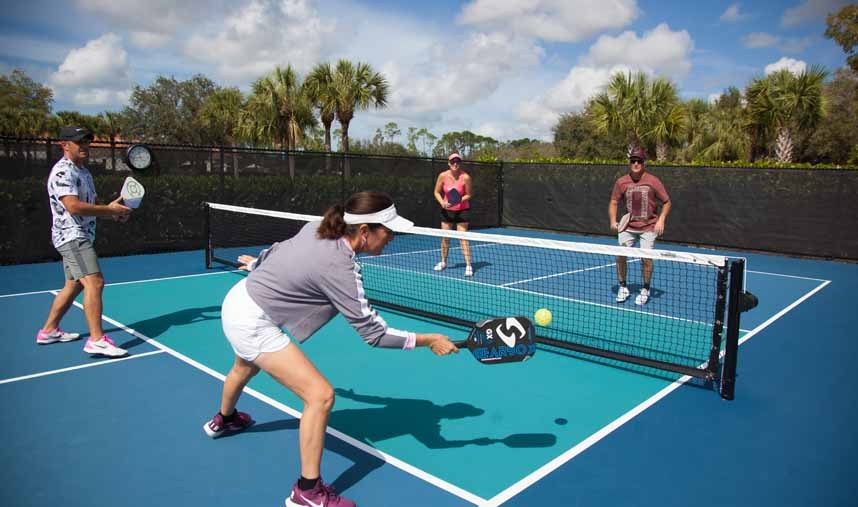Pickleball might seem like a perfectly innocent and healthy activity, but for homeowners who’re living too close to the action, it’s anything but.

The problem is it’s just too noisy, and complaints are growing. Pickelball has been growing more and more popular across the U.S., but the smacking of balls on courts that are about a quarter of the size of a traditional tennis court is leading to some backlash from communities, some of whom have even filed lawsuits.
In one lawsuit in Newport Beach, Calif., a woman alleges that the noise from a pickleball court 100 yards from her home is causing “severe mental suffering, frustration, and anxiety.” In another lawsuit, in South Carolina, a couple alleges that late-night pickleball games at courts near their home are causing them less enjoyment of their home.
Homeowners are emerging successful in a dozen legal proceedings that claim pickleball is violating noise ordinances or homeowner or condo association rules, the Los Angeles Times reported.
Nearby homeowners also are starting to step in when they hear pickleball courts are to be built near their properties, prompting some lively city council debates across the country.
Noise complaints with pickleball are resulting in “really ugly neighborhood drama,” Nicholas Caplin, a founding partner at Lubin Pham & Caplin in Irvine, Calif., told the Los Angeles Times.
Researchers have found the sound of a pickleball paddle hitting a ball can be more than 25 decibels louder than the equivalent action in a tennis match.
“Pickleball may not appear to produce high levels of acoustical energy, but it does,” Lance Willis, principal acoustical engineer at Spendiarian & Willis Acoustics & Noise Control in Tuscon, Ariz., told the Los Angeles Times. “It is not equivalent to tennis or basketball or a lot of the other common activities that you hear at parks. It really has a higher noise impact.”
Nevertheless, pickleball’s popularity is increasing among young and old Americans alike. About 4.8 million people played pickleball at least once in the U.S. in 2020, a nearly 40% increase compared to two years prior, according to the USA Pickleball Association.